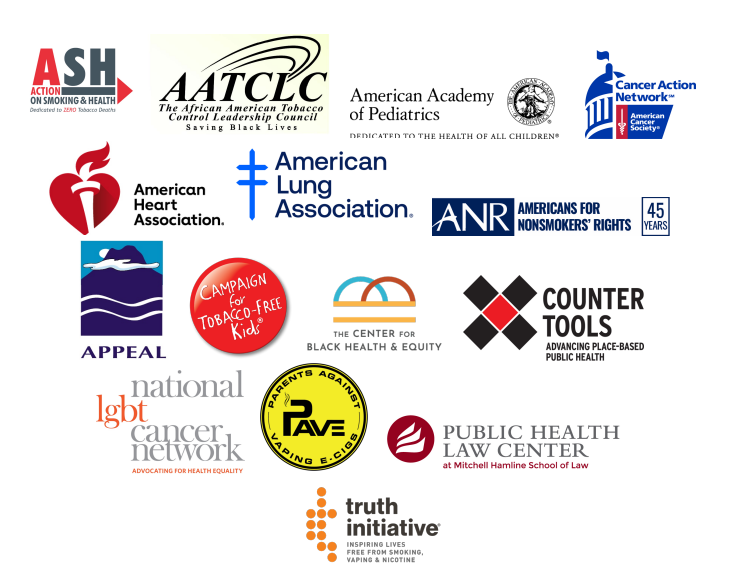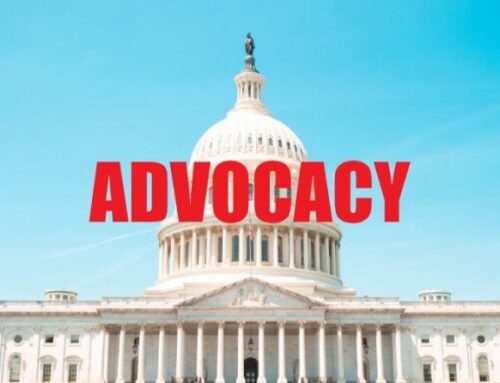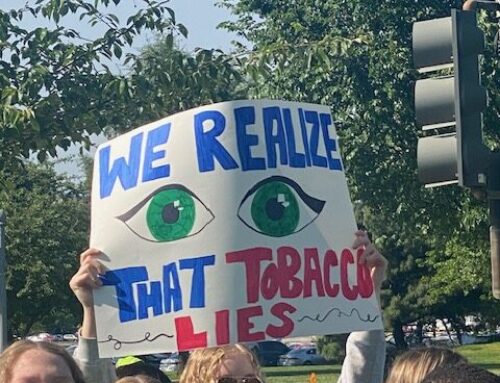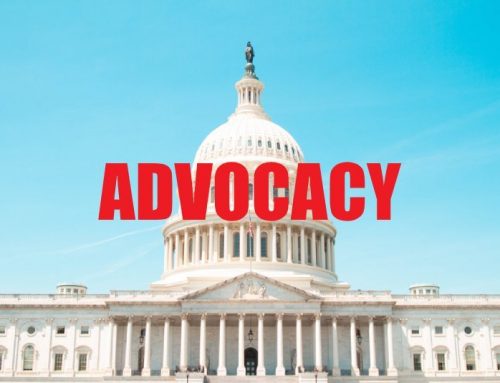Dear Dr. Califf:
Today, we write in response to several requests the Food and Drug Administration (FDA) received to extend the public comment period for the proposed rule to remove all characterizing flavors, except for tobacco, from cigars. We strongly oppose any extension of the comment period, and we urge FDA to deny any such requests.
FDA has been reviewing the role of flavors in tobacco products generally, and cigars specifically for many years. Indeed in 2018, FDA opened an Advanced Notice of Proposed Rulemaking on
flavored tobacco generally, which included flavored cigars. FDA received more than 525,000 comments on this docket. Further FDA has conducted its own review of the scientific literature
on flavored cigars.[1] The proposed rule under consideration today is long overdue, and allowing flavored products like cigars to stay on the market is antithetical to the protection of public
health, the standard by which FDA must view actions on tobacco products. A 60-day comment period is appropriate and sufficient to provide the information requested, particularly since this
is at least the second public comment period covering this topic. All interested parties should have more than adequate time to prepare their responses in the current time frame.
However, the 960,000 middle and high school students who have smoked cigars in the last 30 days[2] – more than half of which (58.3%) used flavored cigars[3] – do not have the luxury of time.
Nor do the 3,163 young adults who try a cigar every day.[4] We know that flavors in cigars attract youth and young adults to these products, which in turn results in an increased likelihood that they will progress to regular cigar smoking. Further, as FDA notes in the proposed rule, youth and young adults, racial minorities, those with low-income, and those in the LGBTQ population are disproportionately impacted by cigars with higher prevalence and use rates, higher frequency of use, all of which lead to tobacco-related health disparities.[5] Removing flavors from cigars will do much to reduce the appeal of these products and therefore reducing the 9000 deaths they cause each year.[6] Extending the comment period leaves these products on the market, causing more damage with each day.
The public health threat posed by flavored cigars requires speedy action by FDA to remove these products from the market. Allowing an additional extension at this stage is unacceptable.
We appreciate your consideration and urge FDA to deny all requests to extend the comment period.
Letter opposing extension of cigar comment period 5-25-22 (PDF)

1 FDA, ‘‘Scientific Assessment of the Impact of Flavors in Cigar Products.’’ Silver Spring, MD: HHS, FDA, Center for Tobacco Products, 2022.
2 Gentzke, A.S., T.W. Wang, A. Jamal, et al., ‘‘Tobacco Product Use Among Middle and High School Students — United States, 2020.’’ Morbidity and Mortality Weekly Report, 69(50):1881–1888, 2020. Available at http://dx.doi.org/10.15585/mmwr.mm6950a1
3 Parms, T.A., S.K. Head, M.D. Sawdey, et al., ‘‘Characteristics of Past 30-Day Cigar Smoking, U.S. Adolescents, 2020.’’ American Journal of Preventive Medicine, 62(1):e39–e44, 2022. Available at https://doi.org/10.1016/j.amepre.2021.06.011.
4 Substance Abuse and Mental Health Services Administration (SAMHSA), Key Substance Use and Mental Health Indicators in the United States: Results from the 2019 National Survey on Drug Use and Health. HHS Publication No.PEP20–07–01–001, NSDUH Series H–55. Rockville, MD: HHS, SAMHSA, Center for Behavioral Health Statistics and Quality, 2020. Available at https://store.samhsa.gov/sites/default/files/SAMHSA_Digital_Download/PEP20-07-01-001-PDF.pdf
5 Tobacco Product Standard for Characterizing Flavors in Cigars. Docket No. FDA-2021-N-1309. https://www.regulations.gov/document/FDA-2021-N-1309-0001
6 Nonnemaker, J., B. Rostron, P. Hall, et al., ‘‘Mortality and Economic Costs from Regular Cigar Use in the United States, 2010.’’ American Journal of Public Health, 104(9):e86–e91, 2014. Available at https://doi.org/10.2105/AJPH.2014.301991.





